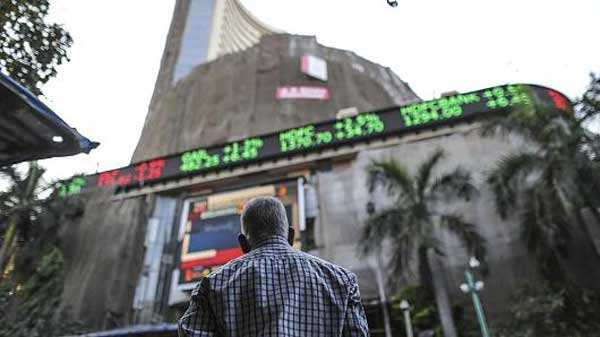
Tokyo, Japan (BBN) - Japanese shares dropped more than 1 per cent on average as the yen strengthened against the dollar after the Bank of Japan kept its monetary policy steady as expected on Tuesday.
The Nikkei Stock Average fell 1.59 per cent, while the Topix fell 1.40 per cent, reports BBC.
The yen strengthened against the dollar, climbing from levels near 113.68 before the BOJ's decision to around 113.53 at 11:50am HK/SIN, and stronger than levels near 115.20 touched in the previous week.
The BOJ kept its policy stance unchanged but raised its gross domestic product (GDP) forecast to 1.4 per cent for the current fiscal year ending March 31, from a previous prediction of 1.0 per cent growth made in October.
The BOJ said in its policy statement it expected inflation to rise to around its target of 2 per cent by fiscal 2018.
Analysts said the BOJ's decision to stay put on its monetary policy could factor into the Fed's decision to raise interest rates at a quicker pace this year with as many as three quarter percentage point hikes and push the dollar higher.
"With the Bank of Japan, ECB and Bank of England maintaining super loose monetary policies and Trumponomics set to push the Fed to raise interest rates faster in 2017 and 2018, interest rate differentials favor further appreciation of the dollar against the currencies of other advanced economies," said Bill Adams, senior international economist at the PNC Financial Services Group in a note.
The yen's strength on Tuesday sent stocks lower across the board, with export stocks selling off notably.
Shares of Toyota were down 1.55 per cent, Honda fell 2.84 percent, Nissan down 1.41 per cent, Sony off by 2.06 percent and Fujitsu down 4.73 per cent.
Elsewhere, government data released Tuesday morning showed Japanese household spending fell 0.3 per cent in December from a year earlier, less than the median estimate of a 0.6 per cent decline, according to Reuters.
Meanwhile, seasonally adjusted jobless rate was flat at 3.1 percent in December, in line with a Reuters estimate, while industrial output rose 0.5 per cent in December from a month earlier.
Australia's benchmark ASX 200 traded down 0.75 per cent, while in South Korea, the Kospi fell 0.51 per cent.
In company news, shares of NEC dropped 15.82 per cent after the Japanese communications equipment maker slashed its profit outlook for the year ending March 31 to 30 billion yen ($264 million) from an earlier prediction of 100 billion yen, reported Reuters.
The session in Asia followed a negative closing stateside, as a new measure taken by the Trump administration on immigration sent jitters through the market.
President Donald Trump signed an executive order late Friday that would temporarily bar entry into the US to Iraqi, Syrian, Iranian, Sudanese, Libyan, Somali and Yemeni citizens. The order seeks "extreme vetting" procedures for those it did allow to enter the US.
In signing the order, Trump said he pledged to "keep radical Islamic terrorists out of the United States of America."
The Dow Jones industrial average fell 122.65 points, or 0.61 per cent, to close at 19,971.13.
The S&P 500 dropped 13.79 points, or 0.6 per cent, to end at 2,280.90.
The Nasdaq composite slid 47.07 points, or 0.83 per cent, to close at 5,613.71.
"Markets are struggling with the "Jekyll and Hyde" nature of US President Donald Trump," said analysts at Singapore's DBS Bank in a note.
"Put simply, markets cheered Trump's expansionist plans in November-December only to come face to face with his protectionist fangs in January."
On Tuesday late morning during Asian hours, US futures traded lower; the Dow mini futures were off by 0.24 percent, the Nasdaq e-mini futures down 0.23 per cent and the S&P e-mini futures contract slipped 0.25 per cent.
In the broader currency market, the dollar fell slightly against a basket of currencies, trading at 100.37.
The Australian dollar traded at $0.7567, while the euro fetched $1.0697.
Oil prices also declined on Monday on the back of news that pointed to weekly increase in US drilling activity.
The number of active US oil rigs rose last week to the highest level since November 2015, Reuters reported citing Baker Hughes data.
On Tuesday, US crude continued the downward trend to trade lower by 0.38 per cent at $52.43 a barrel, after finishing down 54 cents at $52.63 a barrel during US hours on Monday.
Global benchmark Brent slipped 0.13 per cent on Tuesday to $55.16.
Markets in China and Hong Kong are closed for the Lunar New Year public holidays.
BBN/SK/AD